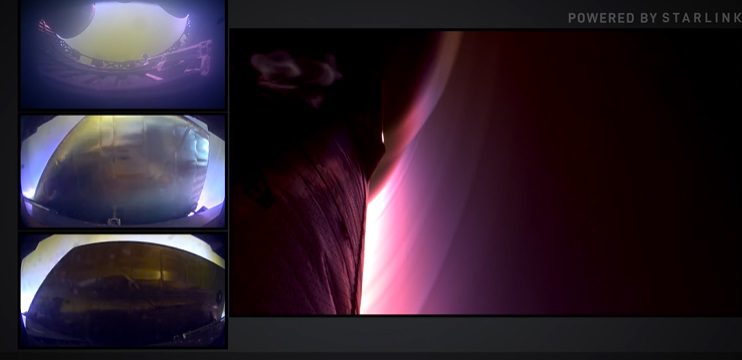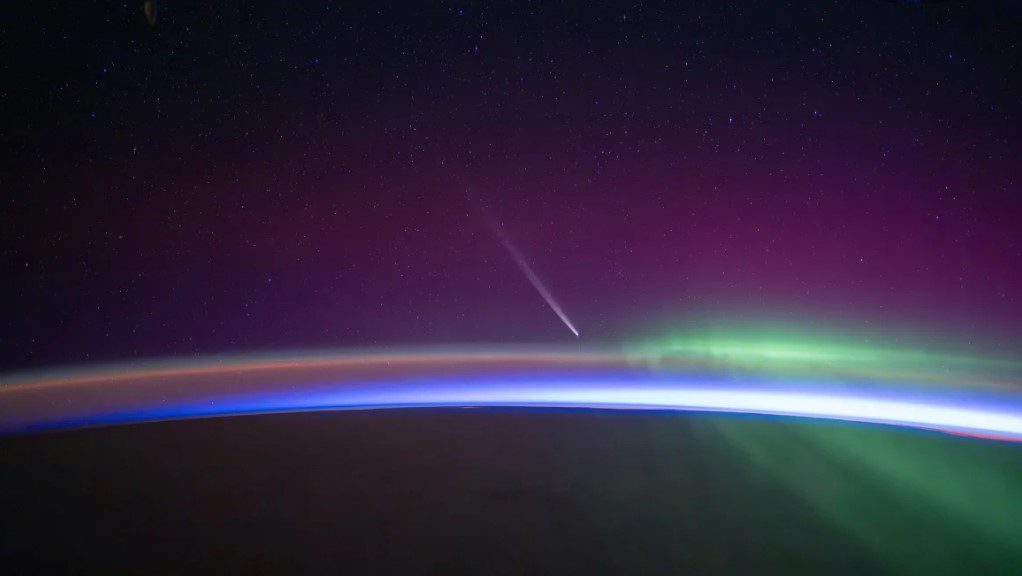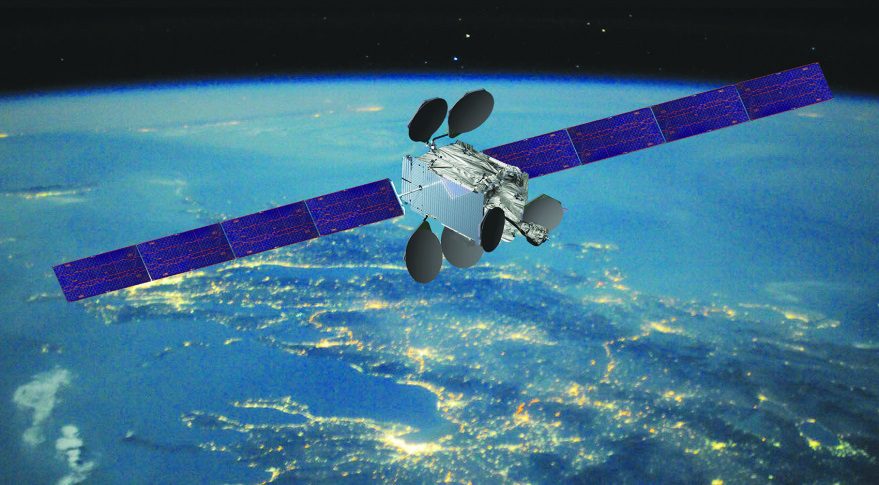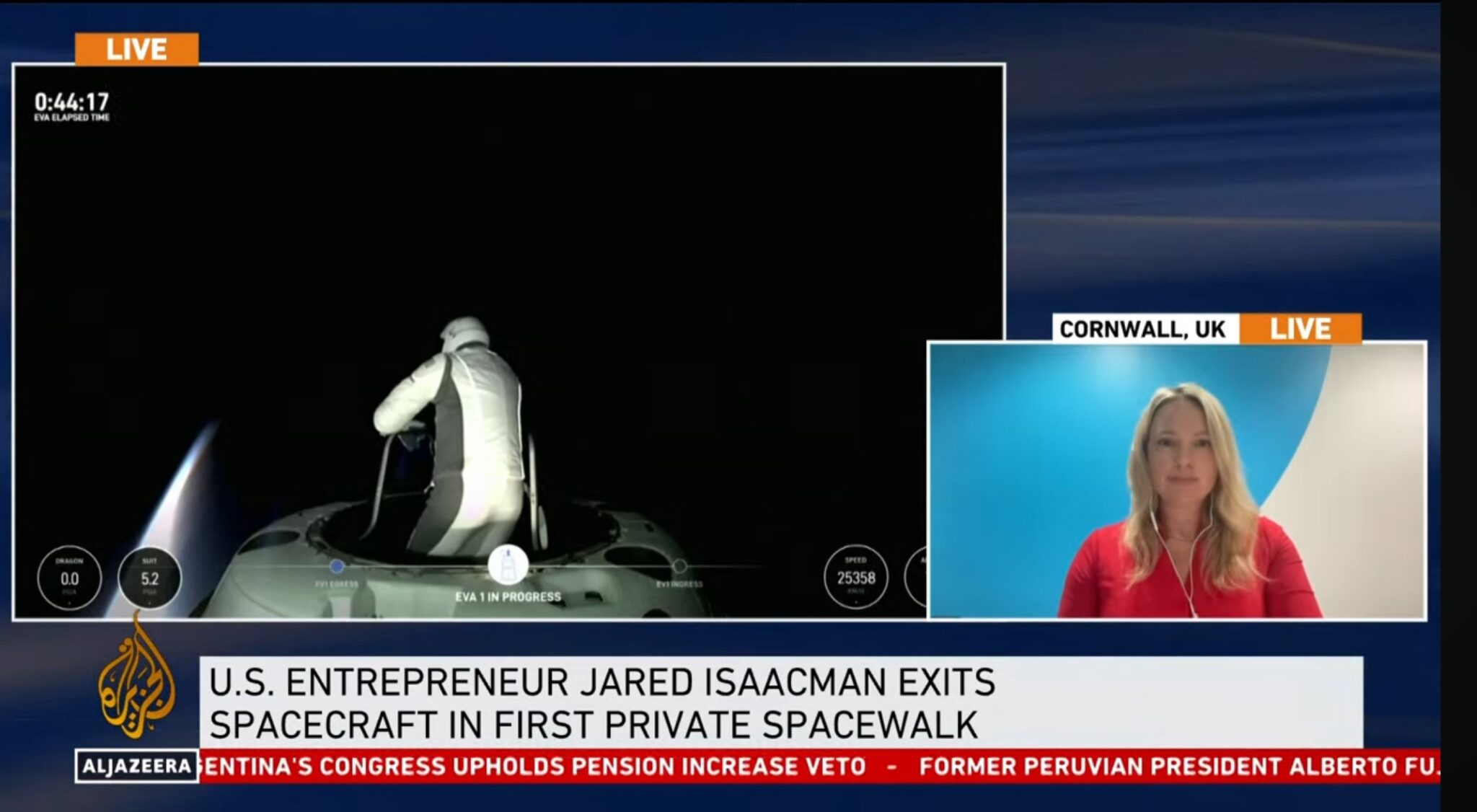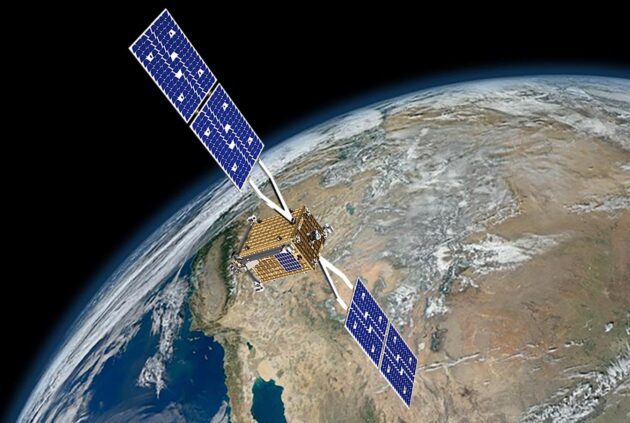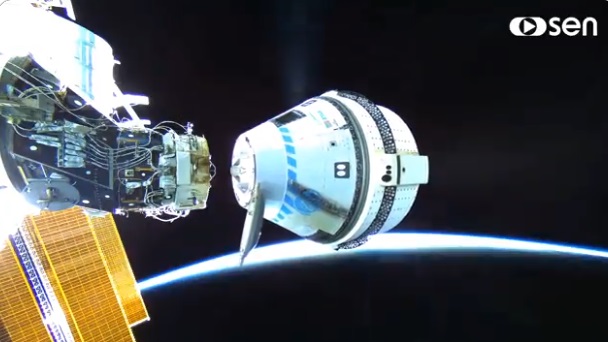Speaking towards the end of the satellite manufacturers’ forum at Satellite 2016 in Washington D.C. in March, Paul Estey, VP Engineering, Manufacturing and Test Operations at California-based but Canadian-owned Space Systems/Loral, casually mentioned that the company will be offering a new very high power solar array. The solar array is in qualification and should be available to the market within months, has been developed with their solar cell supplier SolAero Technologies Corp.
At launch the array is coiled up like a giant tape measure. On deployment it uncoils using two carbon fibre booms, with each mini panel arranged across like ladder rungs. The units on test are of the order of 8m long, but lengths of well over 10m are possible. Theoretically very high power arrays can be made available of up to 300kW (more than 10 times the power of today’s highest power comsats).
Such high power outputs were originally developed to be directly applicable for the electric propulsion of NASA unmanned and eventually manned long range space missions. The assumption is also that such high power arrays, coupled with high power electric orbit raising thrusters, could dramatically cut the GEO orbit raising time for commercial satellites.
Current generation all electric orbit-raised spacecraft take about six months to reach their stabilised GEO slot – a major disadvantage given that time off-station is revenue lost. Even without this new Space Systems/Loral development, most of the major satellite manufacturers agree that over 75 per cent of GEO satellites built in 2020 will be all electric.

